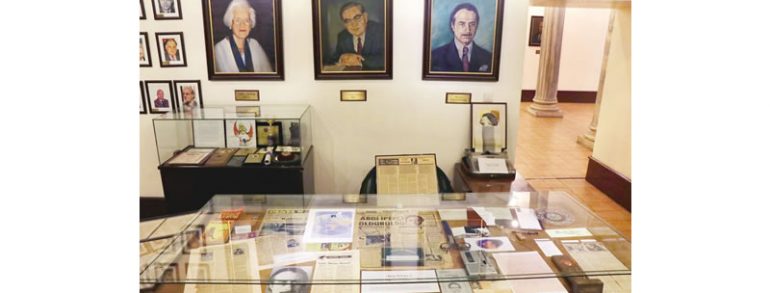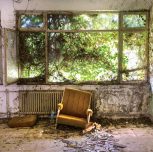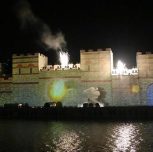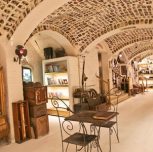The Press Museum in Istanbul charts the development of press-related technologies, taking visitors on a journey through Turkish press history and showing them portraits of well-known journalists along the way.
The museum, which is operated by the Turkish Journalists Association (TGC), occupies a historical neoclassical building in Çemberlitaş, built in 1865 by Saffet Paşa, the Education Minister at the time.
A source of inspiration for media-sector professionals, the museum offers a nostalgic journey though displays of primitive tools including stone press samples, a platen machine, proof printing machines, a guillotine, old type-writers, telexes and tele-photos.
Newspapers and magazines of various periods as well other examples of journalistic publications are shown next to objects journalists frequently use, such as press cards.
On display are the portraits and oil-paintings of journalists such as Nazım Hikmet, Sabahattin Ali, Peyami Safa, Namık Kemal, Reşat Nuri Güntekin, Burhan Felek and Mehmet Ali Birand as well as recently assassinated journalists such as Abdi İpekçi, Uğur Mumcu, Çetin Emeç and Hrant Dink.
Documents, writings and photographs related to journalistic activities and a copy of the first labor agreement are also on display in the museum.
Speaking to the state-run Anadolu Agency, TGC Secretary General Sibel Güneş said the Press Museum was opened on May 9, 1988 in the restored building.
She said the museum acted as the “memory” of Turkish journalism. “When established, it was the first press museum in Turkey and one of 15 press museums in the world. This museum is too precious for journalists,” she added.
Güneş said the museum had 26,786 objects and 1,081 newspaper PDFs in CD and DVD formats in its inventory.
She said the museum also attracted tourists as well as researchers and journalists. “In 2017, 9,500 people, including 1,000 tourists, visited the museum. It has foreign visitors because it is located in a touristic neighborhood. Also, 740 people used the Communications and Journalism Library in the museum in 2017,” she added.
Güneş said the mockup of Turkey’s first printing house, established by İbrahim Müteferrika, particularly impressed communications faculty students.
“We have Vekayi-i Mısriyye, which marked the beginning of Turkish journalism in 1828, as well as other magazines and newspapers, which began broadcasting life with the 2nd Constitutional Monarchy in the museum. Visitors can see the whole process from the opening of the Assembly to the alphabet reform,” Güneş said.
She said the memories and belongings of many journalists and writers, who left their mark on the Turkish press, are on display in the museum. Those objects include “the glass bowl, used by Sedat Simavi for his eye bath, Burhan Felek’s columns, written in old Turkish, the money from Abdi İpekçi’s first salary and his pen, which was broken when he was shot, the necktie worn by Çetin Emeç when he was shot and his book, Mehmet Ali Birand’s watch, Semih Balcıoğlu’s drawing pencils, a piece of Turhan Selçuk’s hair, Orhan Erinç’s card that he used to enter the Yassıada hearings and many more besides.”
Source: http://www.hurriyetdailynews.com










